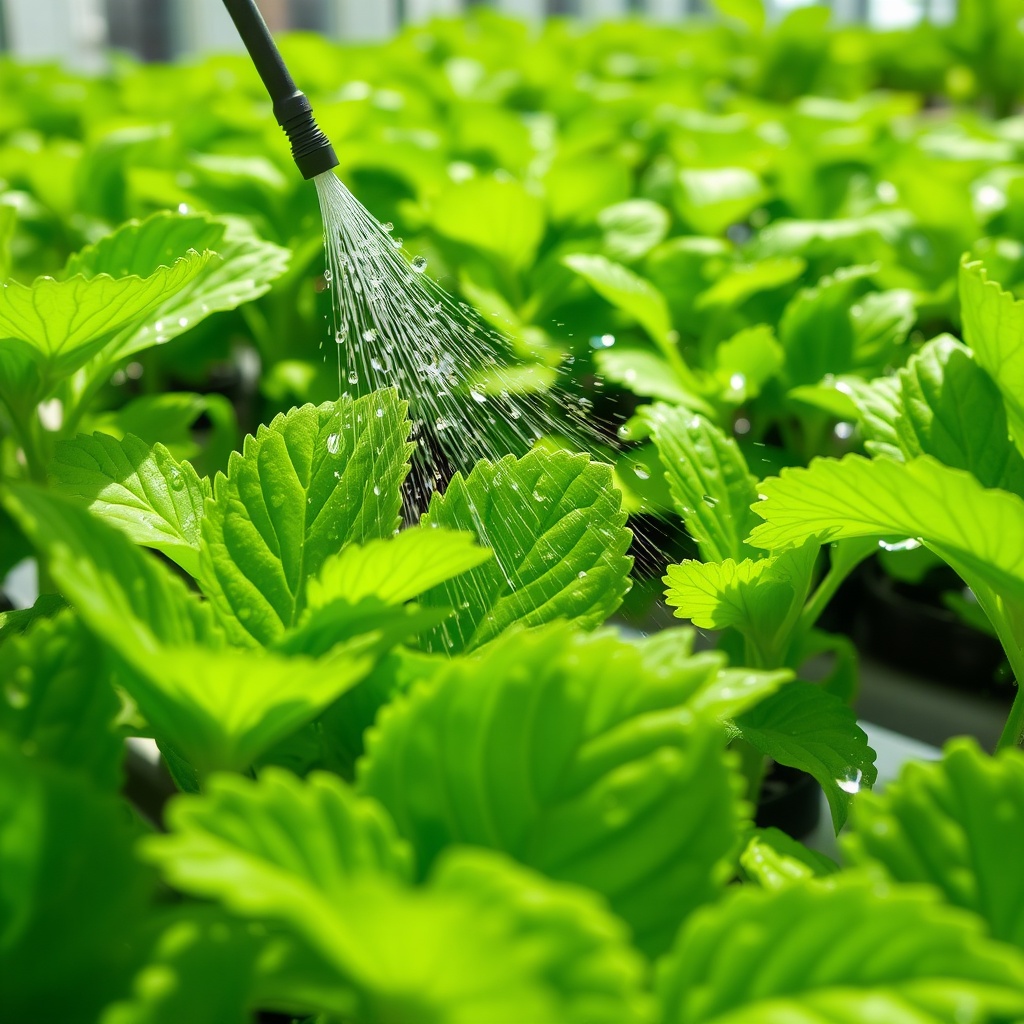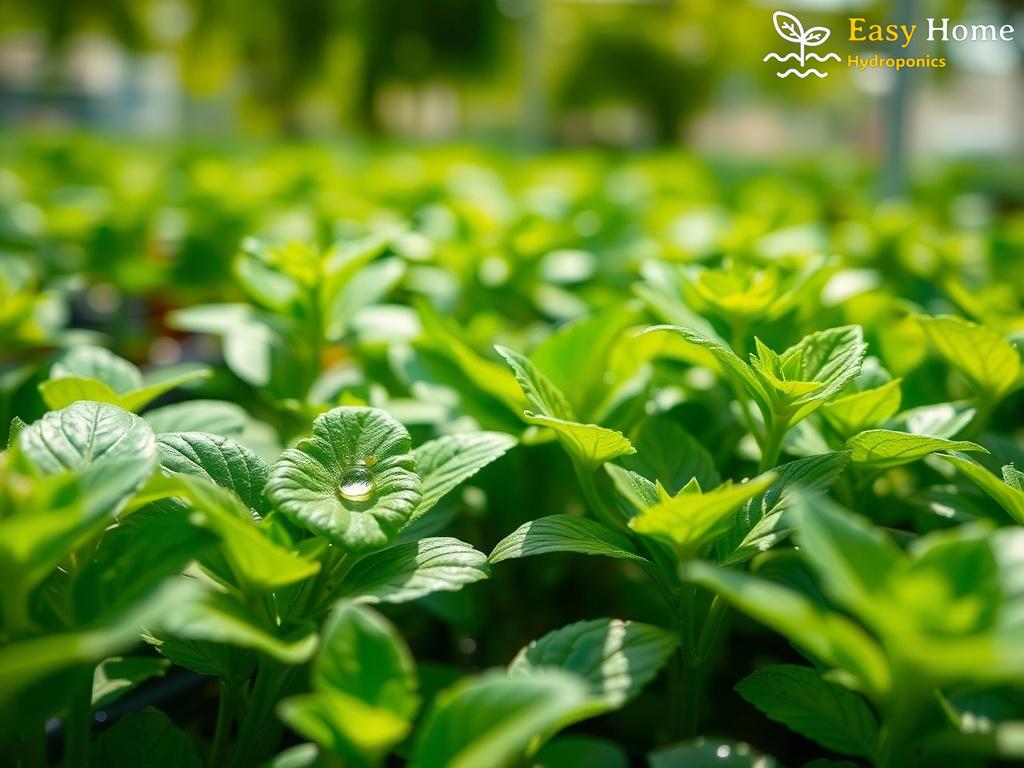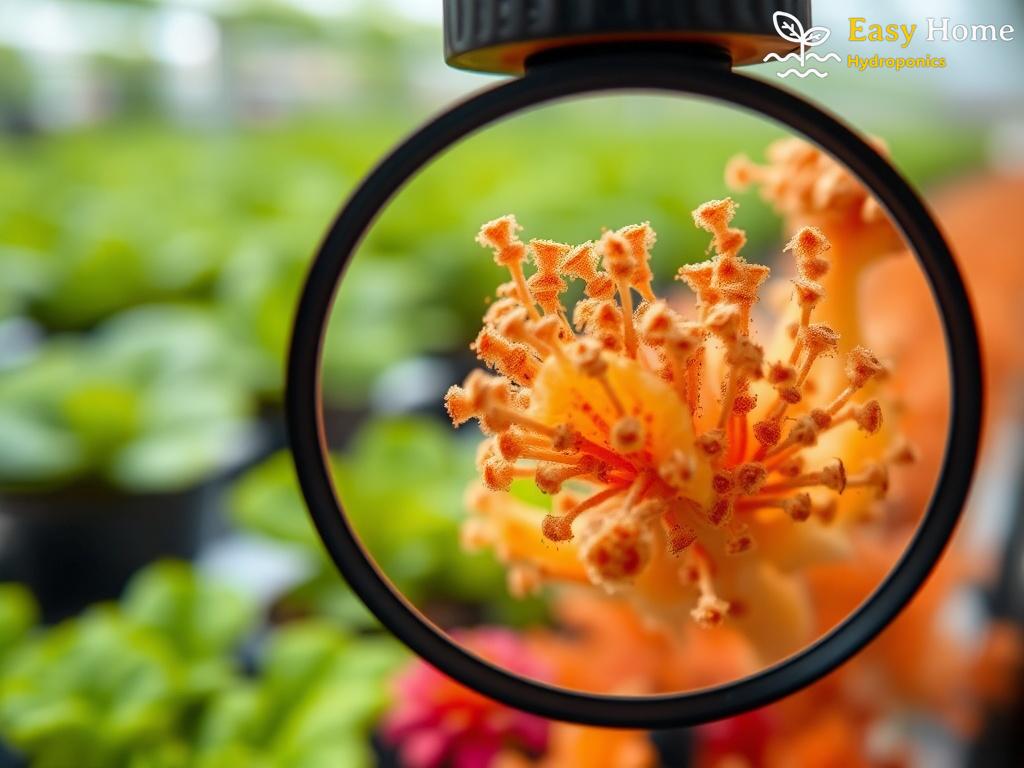In the world of hydroponics, ensuring that plants receive the right nutrients is crucial for optimal growth and development. Foliar sprays serve as a powerful tool for delivering essential nutrients directly to the leaves of hydroponic plants. This method not only enhances plant health but also can significantly improve resistance to pests and diseases. By utilizing foliar applications, growers can achieve faster absorption rates and more immediate results compared to traditional soil feeding methods.
Understanding the Benefits of Foliar Sprays
Foliar sprays are a technique employed by hydroponic growers to provide plants with nutrients in a highly efficient manner. This method allows for the direct application of micronutrients and macronutrients, leading to enhanced plant vitality. The benefits of foliar sprays extend beyond just nutrient delivery; they also support pest resistance and overall plant health.
- Rapid Nutrient Absorption: Leaves can absorb nutrients quickly, leading to prompt results.
- Targeted Treatment: Specific nutrient deficiencies can be addressed immediately.
- Pest and Disease Resistance: Certain foliar sprays can enhance a plant’s natural defenses against pests.
- Reduced Chemical Usage: Less reliance on chemical pesticides is possible through natural foliar treatments.
Types of Foliar Sprays for Pest Management
When it comes to pest resistance, various types of foliar sprays can be employed, each with unique properties and benefits. These sprays can contain natural ingredients or specific nutrients that bolster the plant’s defenses against pests.
Some common types of foliar sprays used in hydroponics include:
- Neem Oil: A natural pesticide that disrupts the life cycle of many pests.
- Kelp Extract: Rich in trace minerals and growth hormones that enhance plant resilience.
- Garlic Spray: Acts as a natural repellent for various insects.
- Insecticidal Soaps: Effective against soft-bodied pests like aphids and spider mites.
Implementing a Foliar Spray Regimen
To maximize the benefits of foliar sprays, it is essential to establish a systematic regimen. The timing, frequency, and concentration of the sprays can significantly impact their effectiveness.
Consider the following steps when implementing a foliar spray regimen:
- Assessment: Regularly check plants for signs of nutrient deficiencies or pest infestations.
- Selection: Choose the appropriate foliar spray based on the specific needs of your plants.
- Application: Apply sprays during cooler parts of the day to prevent leaf burn and ensure better absorption.
- Monitoring: Observe the plants post-application to evaluate the effectiveness and make adjustments as necessary.




